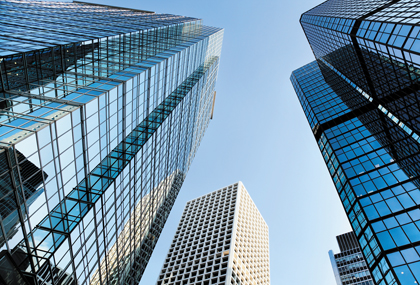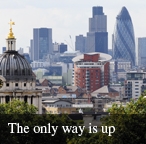
The development of towers in central London is stirring passionate debate. Prince Charles has argued that we should ditch residential towers altogether in favour of traditional mansion blocks and the Observer has recently launched its joint ?Skyline Campaign?? with Architects Journal under the emotive headline ?Campaigners fight to save London skyline from 230 more skyscrapers??.
Developable land is scarce in London and The London Plan promotes tall buildings where appropriate to maximise density. Building towers is also one of the most conspicuous expressions of a dynamic and successful economy and sends out an important message to the world as the UK leaps out of recession. Tall buildings are an important part of London??s socio-economic and physical landscape and a blanket opposition is not the correct approach. However, it is fundamental that the issues surrounding the development of tall buildings are properly addressed as getting it wrong, as we discovered to our immense cost following the 1960s and 70s, can be catastrophic.
Much of the current concern centres around the rate at which tall buildings are going up, the architectural merit of some of the towers themselves and the impact that they have on the environment in which they are built. It is perhaps right that the design of towers should be more rigorously scrutinized than other types of less conspicuous buildings. It is not just about the design of individual buildings but the collective impact of skyscraper development across London as a whole that also needs to be controlled.
Our adversarial planning system that considers each individual application on its merits is the wrong approach when considering development that will have such a significant impact and a London wide master-planning approach is needed. Whilst boroughs such as Lambeth and Wandsworth (where many of the residential towers are proposed) have clear core strategies in relation to tall buildings it is not right that applications that could affect the visual quality of the whole of London are assessed against such local criteria.
Of equal importance to design and impact are considerations in relation to place-making and the habitable environment that tall building schemes create. The majority of new towers are predominantly residential and in the main will become peoples?? homes. It is vital that the lessons of the past are learnt and that they produce vibrant and sustainable communities. This requires balancing residential with leisure and business uses and ensuring that there is an appropriate mix of owner occupiers (who actually live there), private renters and affordable housing. A model example of how to do this successfully is the Make Architects scheme at 145 City Road in the heart of mixed use ?Tech City?? around Old Street roundabout.
There is understandable concern that only around 13 of the 230 tall buildings that are in the pipeline across London are truly mixed use. This number probably only gives part of the picture and a purely residential tower in a larger mixed use scheme such as Nine Elms can still contribute to a larger mixed use environment. The onus is on the planners, though, to make sure that the complementary uses are still provided and this can be difficult where the tower is a standalone application or the larger scheme crosses jurisdictions. Developers will naturally try to achieve as much higher value residential as they can get away with and as the vast majority of proposed towers are entirely residential it can??t be the case that enough consideration is being given to mixed use development.
Overall the scale and vigour of investment in development in London is to be welcomed. However, the disjointed planning process cannot adequately tackle the issues that tall buildings in particular give rise to. Place-making and the quality of the overall environment created by schemes need to be added to design and impact in the list of issues that require a comprehensive London-wide proactive approach to planning tall buildings.
By Jason Tann a Partner at Pemberton Greenish



